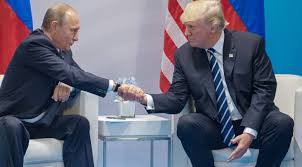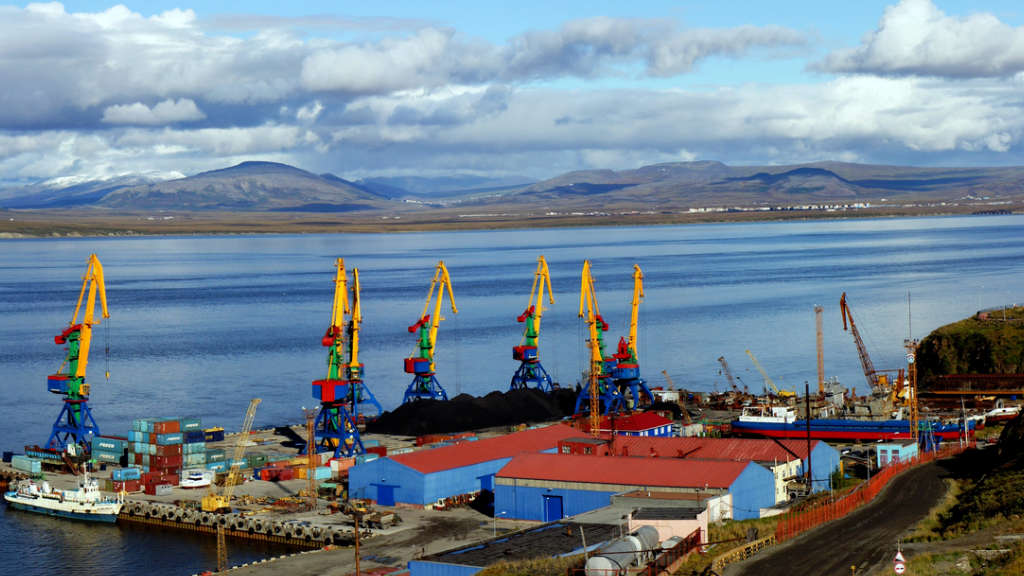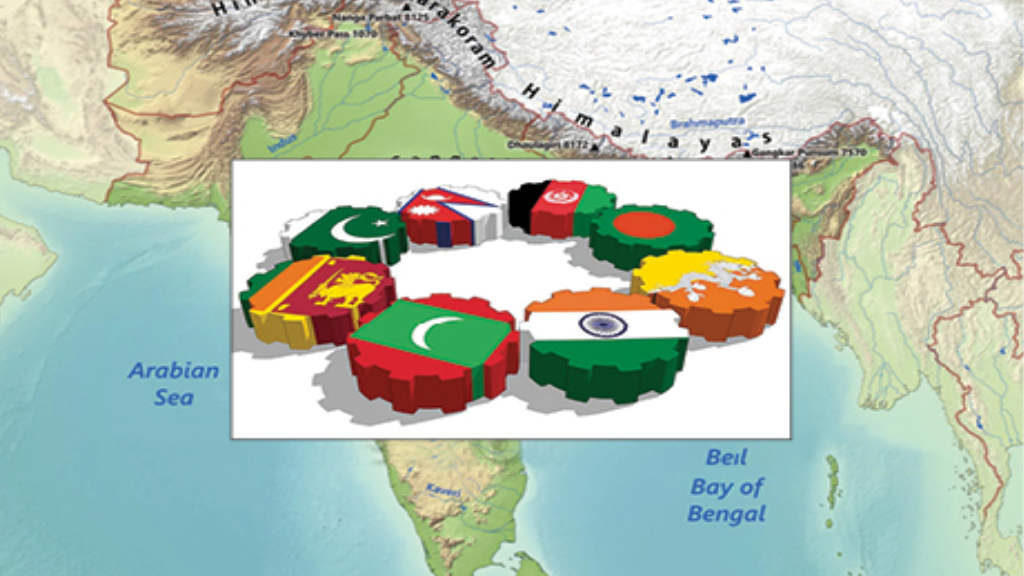Both the US White House and the Kremlin have confirmed that a telephone conversation is imminent at 5pm today (Moscow time), between Presidents Trump and Putin, mainly to discuss the situation with Ukraine, but also with some hints of talks involving trade. While we will leave the political noise to other outlets to discuss, in this article we discuss the current trade and investment climate between Russia and the United States.
As of 2024, the level of Russia-US trade was just US$3.5 billion, with the United States exporting US$526.1 million of goods to Russia, and Russia exporting US$3.0 billion of goods to the US. The top US exports to Russia included optical, photo, technical, and medical apparatus; pharmaceuticals; miscellaneous edible preparations; and essential oils, perfumes, cosmetics, and toiletries. About 70% of Russia’s exports were fertilizers and derived products, with the balance made up of mainly of timber and some base metals. The figures are at an all-time low, and completely non-representative of their potential – the United States is the world’s second largest economy in GDP PPP terms, and Russia the fourth.
Should Putin and Trump talk trade, then there is plenty of room for improvement, albeit with caveats. Both countries are promoting domestic manufacturing as a key economic pillar of growth – Trump is a firm believer in the ‘Made in the USA’ format while Russia has the same – but for different reasons – with its move to encourage domestic manufacturing, especially in critical industries. The differences are that Trump views the United States competitors – mainly China and the European Union – as predatory and taking advantage of trade with the US. Putin views the development of a Russian manufacturing base as a key requirement in the collapse of reliable sources from the West – sanctions have ruined the Russian appetite for sourcing from the United States, European Union and their allies.
This is not good news for Europe – having destroyed their access to Russian cheap energy and bilateral trade markets, it is also being pressurized by Trump and the United States. With Russia not being viewed as a trade competitor, Putin has a trade development advantage that Brussels does not. The bilateral question is one therefore of collaboration and development.
Trade Sanctions

An immediate area of trade development is the lifting of certain sanctions. The trick here will be for Washington to align that with key areas of cooperation with Russia. With Trump very much being an energy player, any easing of sanctions is likely to be aimed at participating in Russia’s massive energy reserves. It is obvious that major eastern economies such as China, India and ASEAN all have significant energy growth needs to maintain their current development rates.
The World Economic Forum has already stated that “By 2025, for the first time in history, Asia will account for half of the world’s electricity consumption and one-third of global electricity will be consumed in China. Between 2025-28, the electricity consumption required each year is roughly equivalent to that of the United Kingdom and Germany combined.” There is no doubt that Trump will have his eyes on accessing that market. That means dealing with and investing in Russia. This extends from utilizing existing carbon-based energy resources to renewables and combinations of both. Trump will be keen to insert American corporates into the Russia-Asia supply chains, and the first steps will need to be an easing of sanctions and the ability of American companies to invest in, and trade with Russia.
This basic need however has knock on effects. It means the lifting of sanctions not just in energy, but also in finance. Russia has been disconnected from SWIFT – repairing that or providing limited access is a prerequisite for inserting the United States into Russia’s Asian supply chains. How that manifests itself is a key issue – will it be a gradual reconnection or a complete one? If SWIFT is reconnected, then it effectively wipes out all the imposed trade sanctions. A structured, step by step approach is rather more likely.
US-Russia Future Collaborations

Aside from the energy play, the Trump administration will be looking at other key areas, again with a view to unite forces – and resources – to supply Asia. This strategy completely suits Trump – Russia not as a domestic market competitor, but as a global trade partner. There are opportunities in agriculture, with Russia a key global supplier of grains. The sharing of new technologies for example in developing drought-resistant crops, could be another important area of mutual collaboration.
The United States hi-tech industries are also in need of assets that Russia has in abundance – there was much talk recently about Ukraine’s rare earths, but in reality, Russia has by far the larger volumes. American involvement in processing these commodities – in Russia – is likely to emerge as another key collaboration area.
Russia is already a major producer of the world’s timber, with forestry management a key industry, especially as global warming begins to turn Russia’s frozen north into commercially viable forests. Again, the key will be to add value – in Russia – and then export to global markets.
Another interesting commodity is fresh water. Russia has some of the world’s largest reserves of what will become an increasingly important global resource. Jointly-developed technologies is water preservation and treatment can be developed in Russia, part-financed by the Americans and the results globally exported.
There may even be the emergence of an American gemmology industry – Russia has the world’s largest reserves of diamonds – with applications not just a jewellery but also in industrial use.
How the United States manages its eventual trade with Russia will become apparent in the ways in which an easing of certain sanctions are introduced. Those will point to immediate key areas of bilateral cooperation. An interesting aside is that in 1991, during the Soviet era, Washington agreed a trade deal with the USSR. It never took effect, the USSR collapsing shortly after the basic terms had been settled. The Russian Federation subsequently inherited a quickly revised version.
While sanctions have largely destroyed any US trade agreements with Russia in 2025, a roll-back appears inevitable. The United States involvement in Russia however will be to act as a supply chain partner to Asia’s economies, and not to especially re-enter the Russian market, although some service sectors may later appear. Russia’s Pivot To Asia, with the Americans having tied up the European import supply chains as their almost exclusive preserve, will be part of America’s Pivot To Asia – with Russia as the stepping stone.
Related Reading
United States Wants To Collaborate With Gazprom In The Arctic





